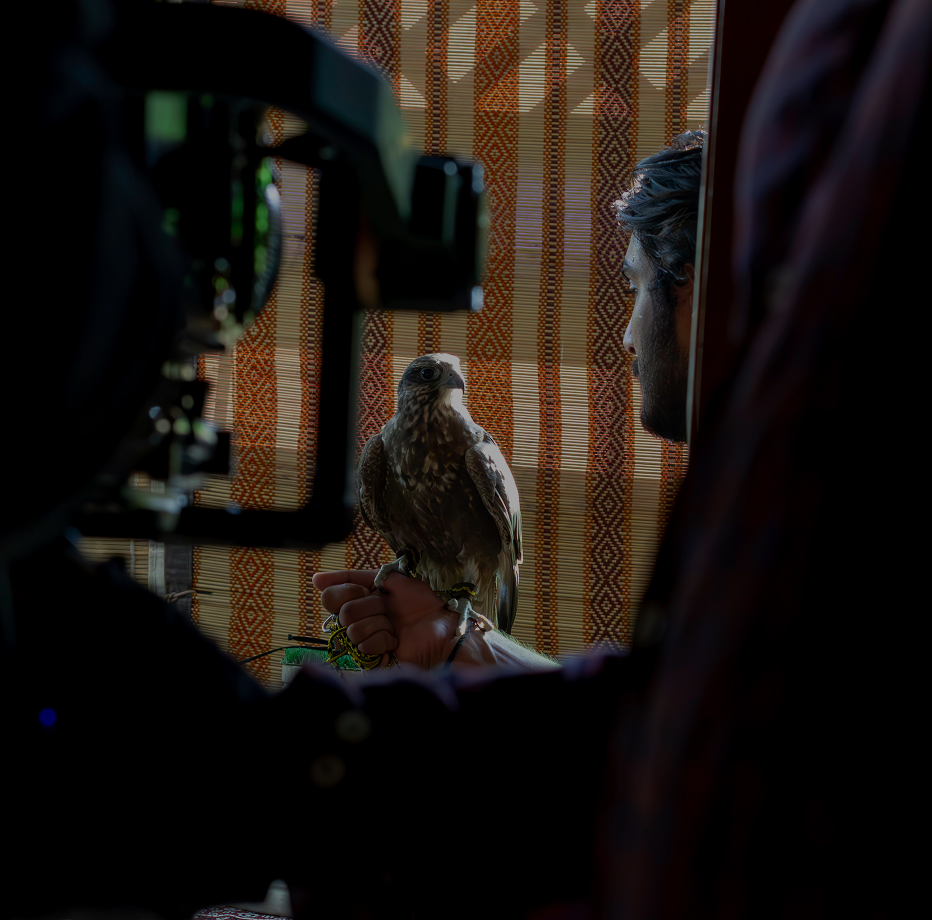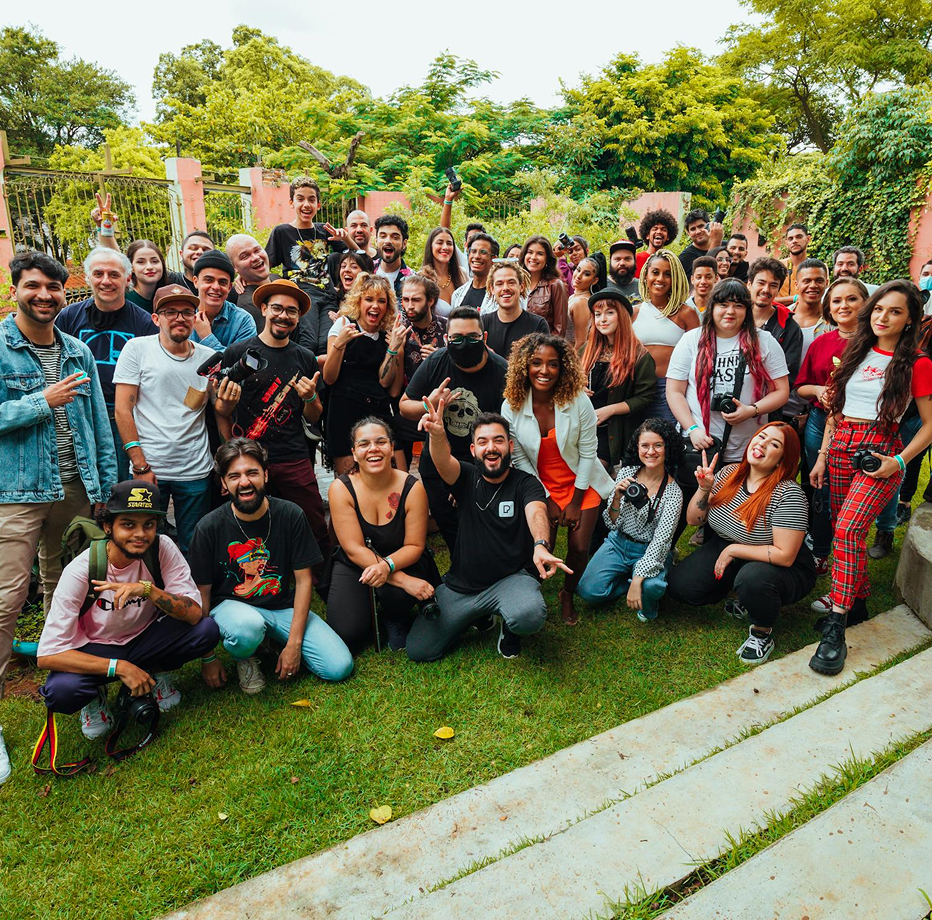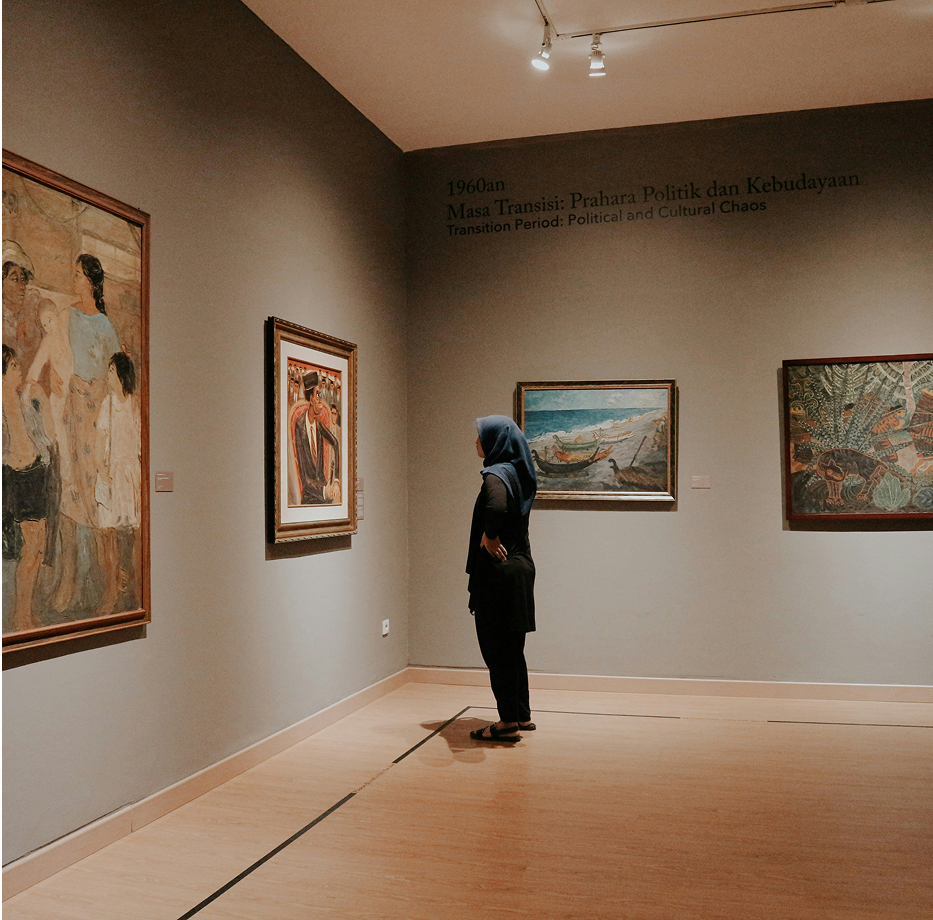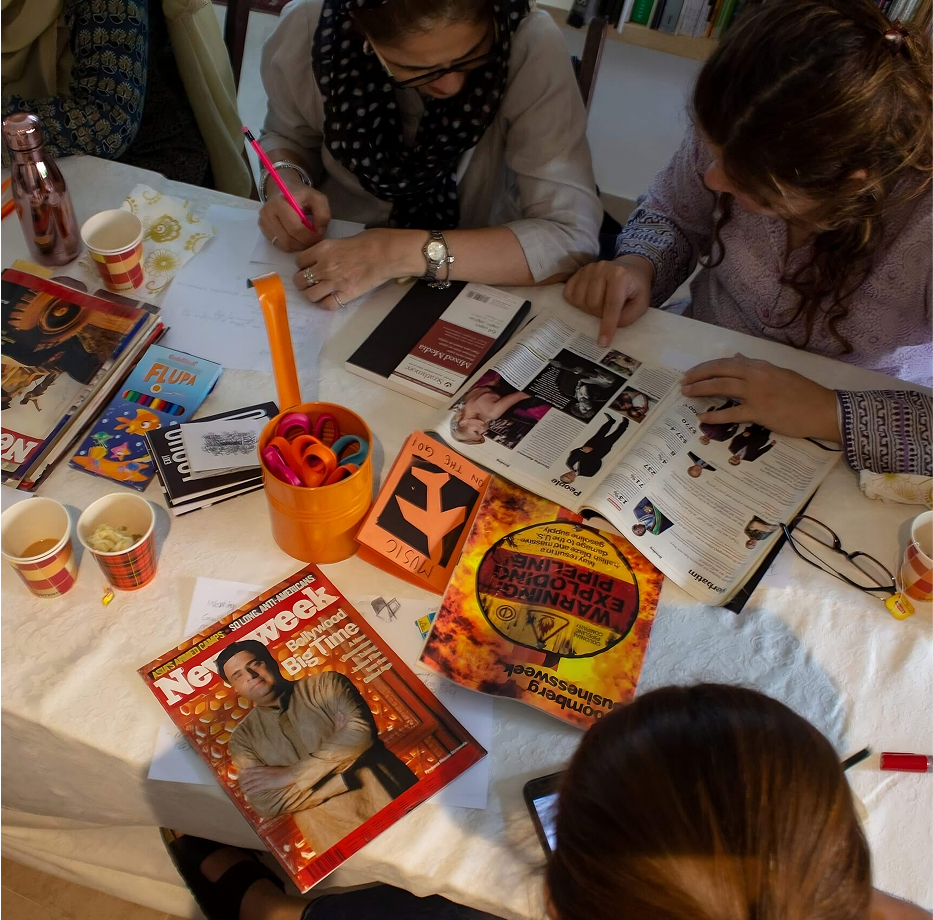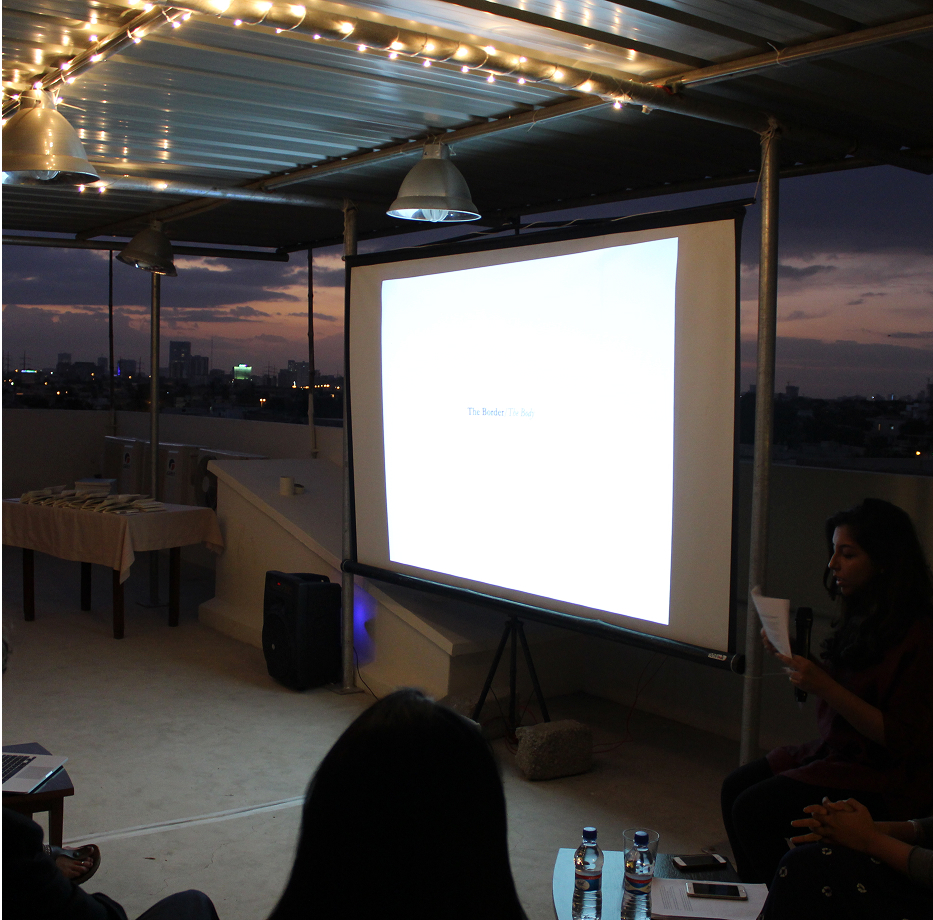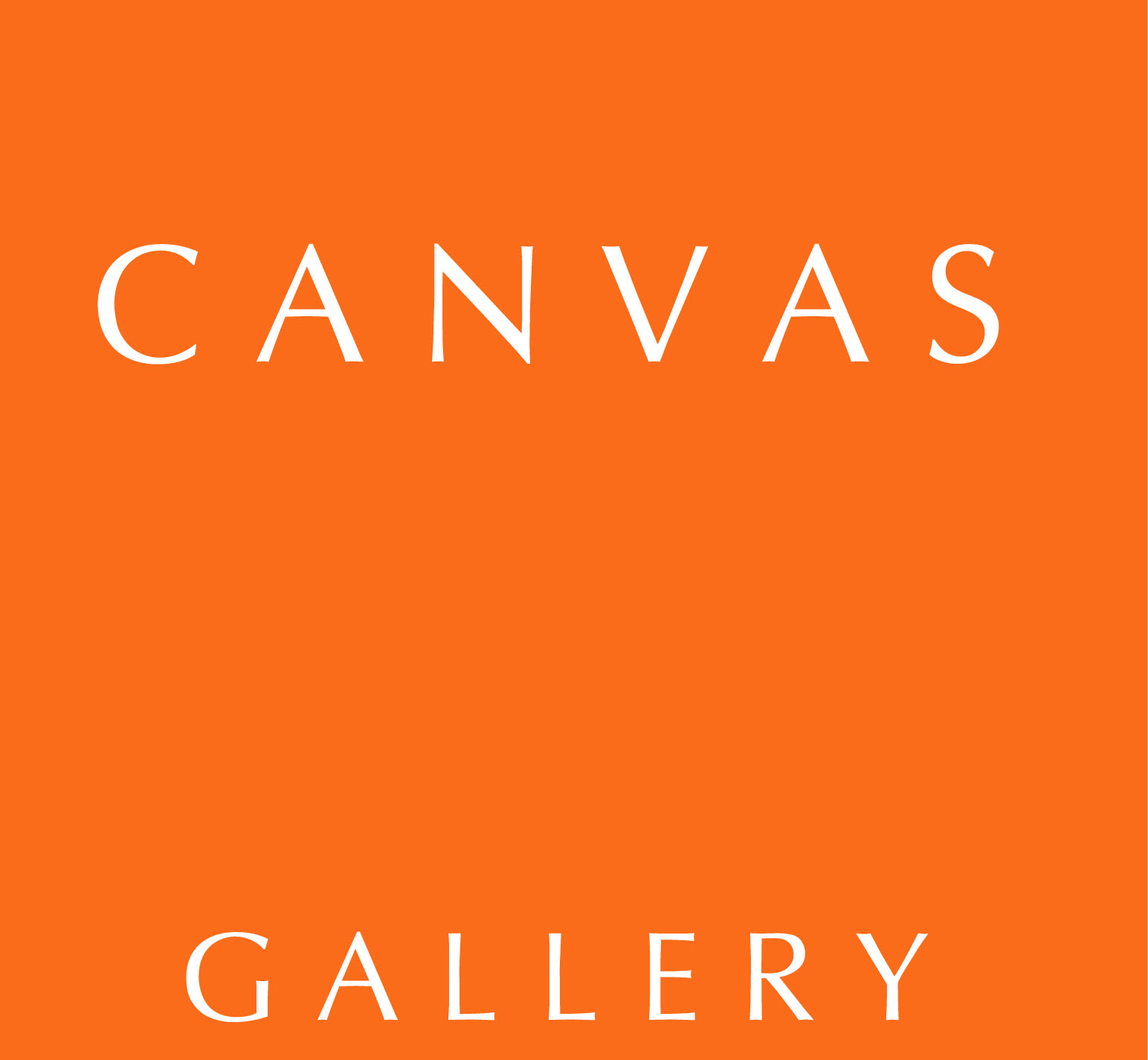And So It Happened – Taaza Tareen 14
‘And So It Happened’ is the 14th iteration of Vasl Artists’ Association’s flagship Taaza Tareen artists’ residency program, which began on February 21, 2022 and will culminate with an exhibition at The Gallery T2F. The four artists and art writer in residence were selected from over sixty applicants from across Pakistan.
Taaza Tareen is Vasl’s annual residency which was founded in 2005. It was devised as a stepping-stone for fresh graduates from various Pakistani art institutions who are in need of support in order to build their ideas into careers, early in their practice. Taaza Tareen residencies have supported over 80 artists at formative stages of their professional life. Each year, one exceptional Taaza Tareen artist is awarded the Vasl-Khurram Kasim Art Foundation (KKAF) Research Grant, selected by a panel of entrenched art professionals.
Vasl is proud to present the artists in residence: Karachi-based Lujane Pagganwala, and Lahore-based Tooba Ashraf, Ume Laila and Zainab Zulfiqar. Along with the Art Writer in Residence, Karachi-based Nimra Khan. The resulting explorations, research and work made during the residency will be exhibited in Taaza Tareen 14 And So It Happened at the Gallery T2F from March 28th to April 1st 2022.
And So It Happened brings together four artists in residence, to examine the ways in which memories have assisted in the construction of knowledge, beliefs, desires, values and fantasies. Through their engagement with an unfamiliar space the artists have re-contextualized their individual practices in an alternate framework, approaching it through a new conceptual lens. Thus they launch investigations into the notion of time, space, and the various forms and manifestations of memory – in culture, oral and literary history, inherited identity, communal and societal structures, and the architecture of the city itself. In doing so, they make connections between past and present to examine collective, societal memories, recalling, retracing and giving a renewed presence to the past.
The interaction of time and memory is expressed through explorations of space – personal, temporal, physical, socio-political, imagined and metaphorical – that allows the artists to contextualize, process and resolve personal and/or collective traumas. Conversations around communal marginalization and constructs of social division and othering are instigated and explored through the evolving physical structures of the city, held in communal memory. At the same time, another form of generational trauma and othering is processed and vocalized through the formation of a safe space that emerges from a language of stylization, absurdity and chaos, extracted from an amalgam of theoretical research and memory, which is at once familiar yet isolating in order to create a sense of empathy in the viewer.
The notion of space becomes more palpable in structures where it presents as both subject and medium. Through an intersection of materiality and memory drawing from nostalgia, barriers between people, objects, spaces, and time are broken, fusing them to give birth to infinite new spaces of experience. Notions of nostalgia are dismantled, expanding investigations into borrowed memory and generational experiences in identity formation to look at collective identity and the creation of nationalist rhetoric and twisted notions of masculinity by examining literary historical narrative.
